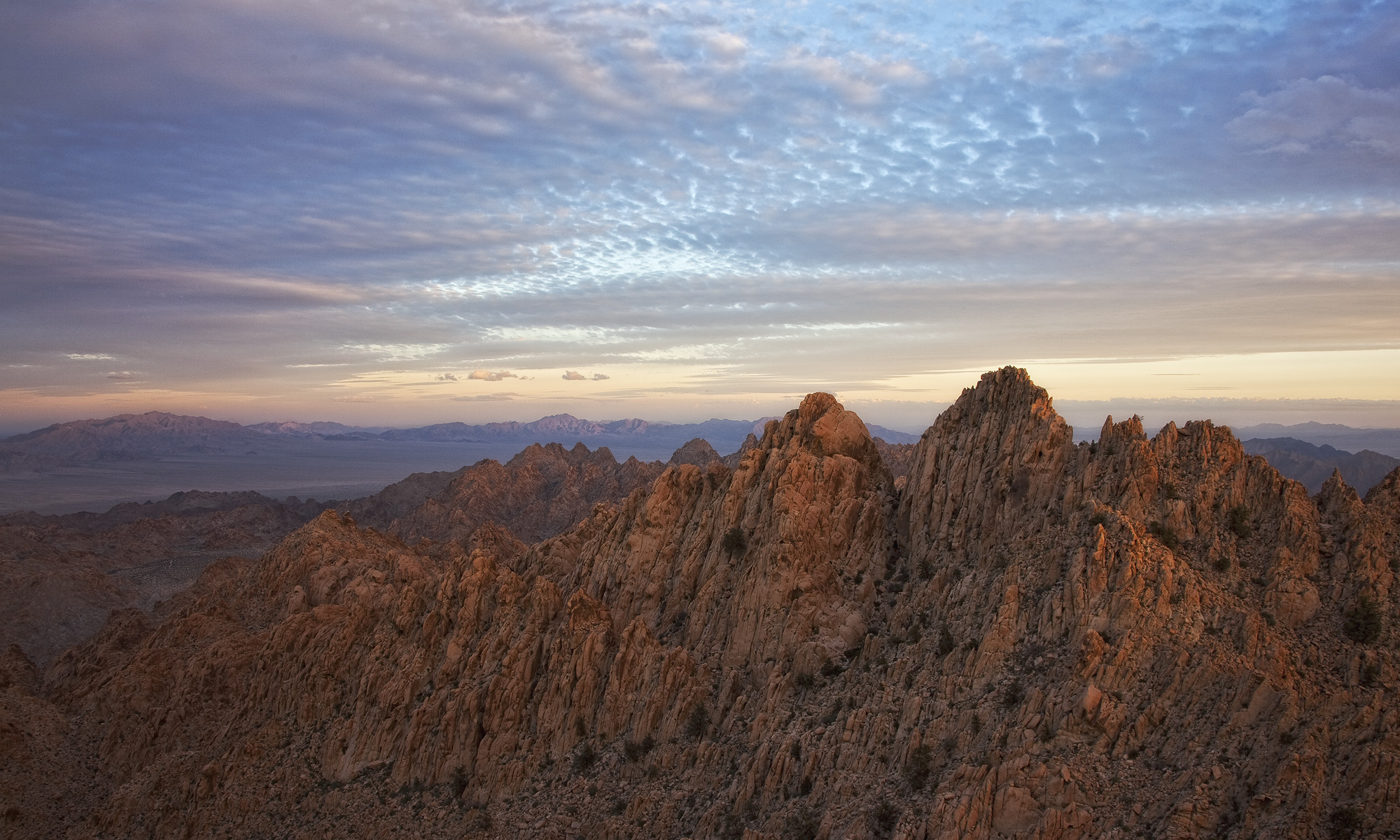In the foothills of the San Jacinto Mountains, the South Fork of the San Jacinto River slips along unnoticed next to the highway that most visitors zoom up to get to the popular mountain town of Idyllwild and the hiking destination of the San Jacinto Wilderness. Ribbonwood and manzanita dominate the lower elevations in the San Jacintos and, admittedly, the South Fork of the San Jacinto River watershed (and the Wilderness that protects it) looks pretty unremarkable. However, I was reminded after several visits that sometimes the best gifts come wrapped in plain paper.
The South Fork San Jacinto (SFSJ) Wilderness was designated by Congress in 2009. Lake Hemet lies less than a mile upstream from the Wilderness boundary, so the river itself is normally reduced to a small trickle that has pooled in several areas. The perennial water supply in the canyon has produced a lush woodland with willows, big cone douglas fir, black oak, cottonwoods, and lodgepole pines.
Although it’s not as popular as the nearby San Jacinto Wilderness, the hike on the main trail into the SFSJ Wilderness is incredibly accessible and well-maintained. Over time, the river has carved a deep and surprisingly impressive canyon, and the trail takes you along the rim of the canyon with little to know elevation change for several miles. One can see the full length of the canyon, and the San Jacinto valley to the northwest.
After a couple of miles, the trail drops via several switchbacks into the bottom of the canyon. The chaparral landscape changes into a rich woodland, with big oaks, lodgepole pines, willows, and boxelders. Many species of birds find refuge here, as do mule deer, mountain lions, and other small mammals.
You can continue out of the canyon on the other side of the canyon, eventually summiting Rouse Hill, which is the high point of the west ridge leading from Thomas Mountain, and is on the Sierra Club’s Hundred Peak Section list. However, I feel like the real treasures of this wilderness are not in the big views you would get from a summit, but are hidden in the small spaces of the canyon walls and bottom. One of my favorite things were the lovely chaparral yucca in fall colors covering the hillsides.
The South Fork San Jacinto Wilderness is a small hidden gem that is definitely worth a visit. Admittedly, I was very pleasantly surprised and my expectations were far surpassed; so far, it’s one of the favorite wilderness areas I’ve visited for the Wilderness Project. It’s close enough to urban southern California that it can easily be explored in a day, or even half a day depending on your schedule.






